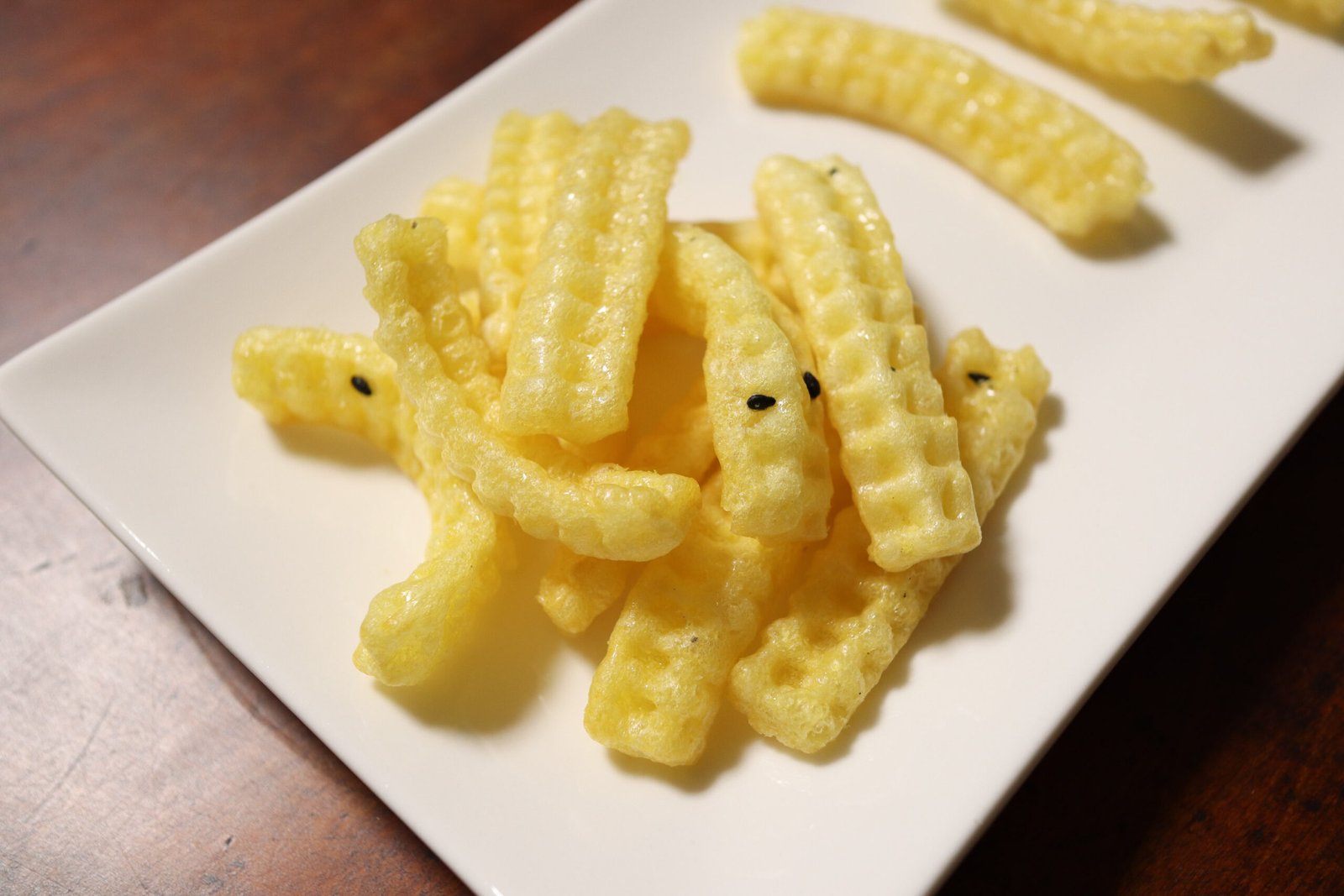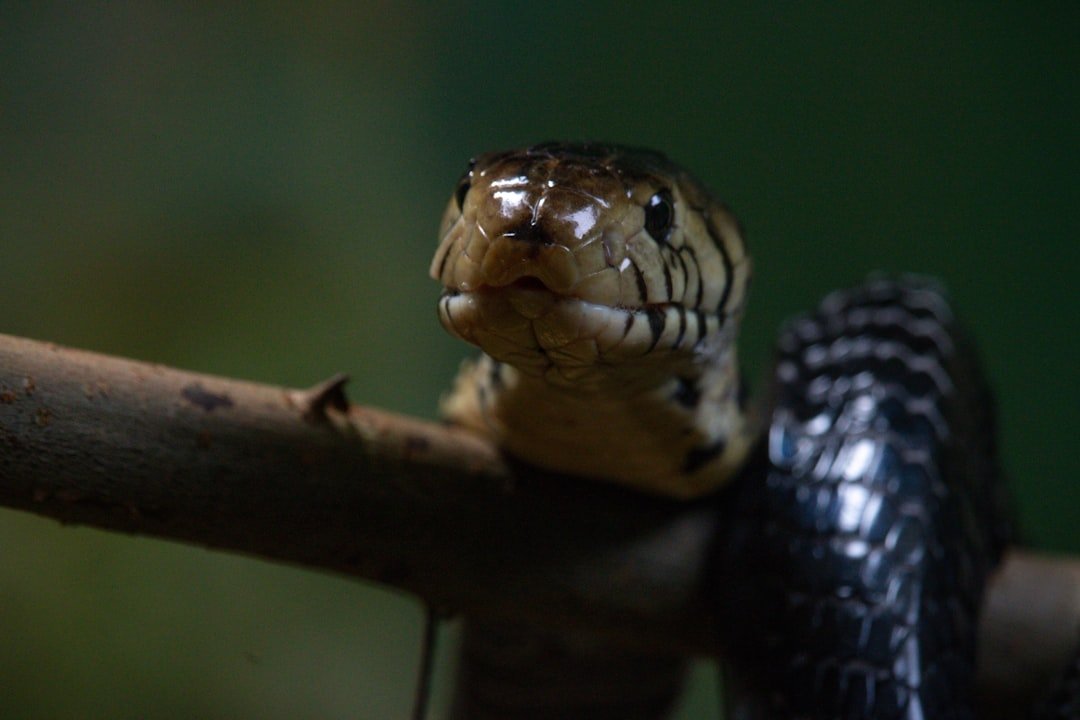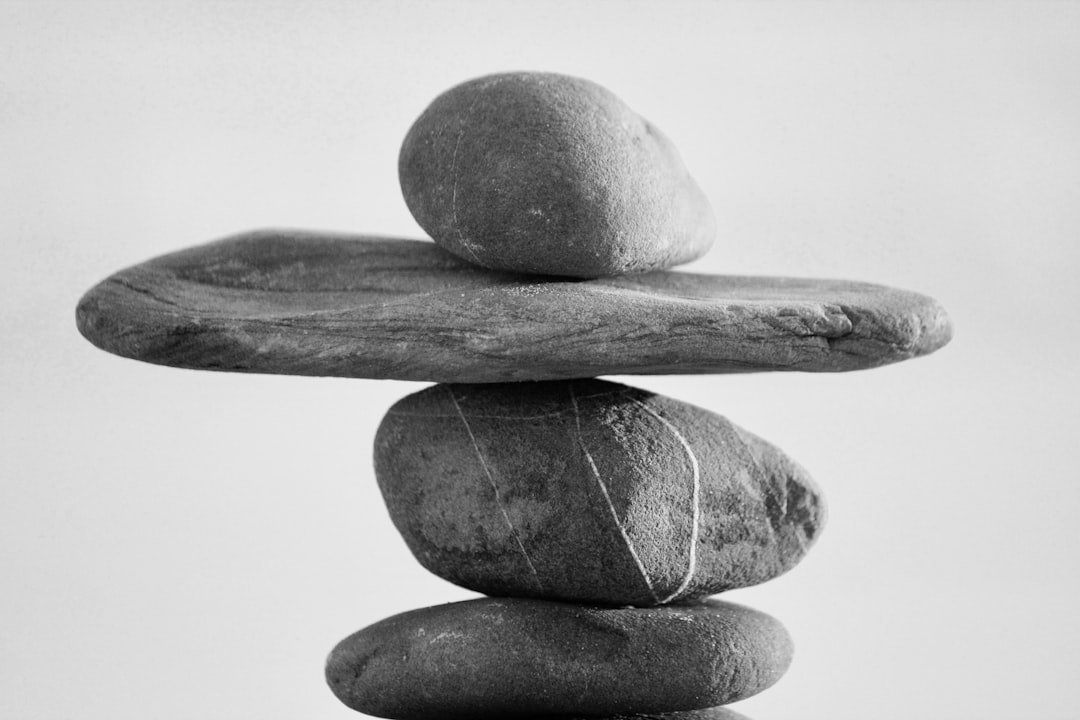You wake to a ping at 2 a.m., heart kicking like a startled deer. It feels irrational, but that jolt isn’t a glitch – it’s an ancient alarm still wired for predators, not push alerts. Scientists are mapping how yesterday’s survival tactics quietly steer today’s routines, from how we eat to who we trust. The mystery isn’t whether evolution shaped our habits; it’s how much those old reflexes still set the agenda in a world of fridges, cities, and endless scroll. The payoff is practical: recognize the script, and you can decide when to follow it – and when to rewrite it.
Night Watch: Why You Startle Awake in the Dark

Our ancestors slept in groups, with someone always halfway alert to rustles in the grass. That ancestral “sentinel” rhythm hasn’t vanished; light sleep, micro-awakenings, and a hair-trigger startle remain common, especially near the edges of the night. Your body still treats darkness as uncertainty and uncertainty as risk.
In modern life, the threat is usually a notification, not a leopard, but the circuitry cares more about false alarms than missed danger. A simple routine – cool room, low blue light, wind-down rituals – gives that ancient guard dog a predictable perimeter to patrol.
Sweet Tooth and Salty Bites: The Energy Emergency That Never Ends

Energy-dense foods were rare and precious on the savanna, so brains that fiercely valued sugar and fat helped their owners survive lean seasons. That old valuation engine now faces supermarket abundance, and it doesn’t automatically recalibrate. You feel the tug because your brain tags quick calories as small wins with big upside.
Here’s the twist: the preference isn’t moral failure; it’s a safety memo from a harsher world. Choosing fiber, protein, and volume-rich foods is a way to satisfy the memo without bending to every impulse. Small hacks – pre-portioning snacks, placing fruit at eye level – turn a Stone Age craving into a modern ally.
Gossip Radar: Tracking Reputations to Stay Safe

We listen for social ripples because, in small bands, reputation was survival currency. Who shares, who cheats, who pulls their weight – these were life-and-death notes, not idle chatter. Your attention still perks up at status shifts, scandals, and alliance changes because exclusion once meant hunger.
Today, the same circuitry powers your fascination with comment threads and office rumors. Channel it toward constructive insight – watching who collaborates and who hoards credit – so the instinct protects well-being rather than feeding pointless drama.
The Stash Impulse: Why You Keep “Useful” Things

Scarcity sculpted a bias for holding onto resources that might be handy later. That caching instinct now explains drawers of cables and the “just in case” pantry shelf. Mentally, parting with objects feels like inviting future risk, even when replacement is easy.
A smarter update is to set thresholds: keep the item if it’s costly to replace, uniquely sized, or used within a season. Everything else becomes a donation to someone else’s survival calculus – and frees your space to breathe.
Snake Stare and Spider Flinch: The Brain’s Threat Shortcut

Brains are primed to learn fear of certain shapes and movements faster than others. Coiled curves, skittering legs, sudden rustles – these patterns shout “pay attention” before reasoning clocks in. I still catch myself scanning trailside sticks for that telltale S-curve after a twig snaps on a twilight hike.
This isn’t irrationality; it’s a preparedness feature that once paid off. Practice gentle exposure and accurate naming, and the shortcut becomes a tool: swift detection without the lingering dread.
Loss Looms Larger Than Gain: The Asymmetry That Guides Your Choices

In an unforgiving environment, a small loss could be catastrophic, while a similar gain might only be nice to have. Our decision systems still overweight potential losses, nudging us toward caution at the checkout and conservatism in investments. That tilt explains why refunds feel sweeter than bonuses of equal size.
Why it matters today: safety-first instincts sometimes stall innovation or personal growth. Counterbalance by pre-committing to trials with clear exit ramps, or by framing experiments as learning rather than winning. You’re not erasing the bias; you’re giving it guardrails.
Pattern-Hungry Minds: Seeing Agency in the Noise

When the cost of missing a predator is huge, a brain that assumes “something caused that” wins the long game. Cue our default to detect faces in clouds, omens in coincidences, and intent in random glitches. It’s the same reflex that once heard a stalker in the wind and now suspects the printer “knows” when you’re late.
Use this gift wisely: pattern-seeking powers science and creativity when coupled with skepticism. Keep a notebook of hunches, then test them with a simple rule – what observation would make me change my mind?
Doomscroll Drive: Information Foraging in the Digital Savanna

Our ancestors roamed for edible clues – tracks, fruit scents, birdsong alarms – and your brain still forages for novelty with small dopamine pings. Infinite feeds mimic a landscape dense with signals, so you keep scanning for the next crucial bit. The habit feels urgent because, once, new information meant new survival options.
Future landscape: recommendation systems are getting better at locking onto our ancient appetites. Beat them by setting exploration windows and curating “high-nutrient” sources the way a forager learns reliable groves. You’re not weak; you’re exquisitely tuned for a different terrain.
In-Group Pull and Copycat Comfort: Belonging as a Compass

Humans are coalition builders; following the tribe lowered coordination costs and smoothed conflict. Social proof – doing what your group does – still anchors everything from fashion cycles to workplace tools. The reflex is powerful because exclusion once carried real danger.
Global perspective matters here: online communities splinter and self-reinforce faster than old villages ever did. You can widen the circle by sampling viewpoints and interacting across boundaries, harnessing the belonging drive without shrinking your world.
Fairness Fire: Reciprocity as Your Built‑In

Cooperation paid off only when generosity met accountability, so we reward fairness and punish freeloading almost automatically. That’s why tips, mutual aid, and community cleanups feel satisfying at a gut level. Your brain expects reputations to update when people give or take.
Use the instinct deliberately: volunteer locally, share credit loudly at work, and support research that tests which nudges actually improve health and climate outcomes. Small, repeated contributions compound like shared shelter on a stormy night. If our Stone Age minds got us this far, imagine what they can do when pointed, on purpose, at the problems right in front of us.

Suhail Ahmed is a passionate digital professional and nature enthusiast with over 8 years of experience in content strategy, SEO, web development, and digital operations. Alongside his freelance journey, Suhail actively contributes to nature and wildlife platforms like Discover Wildlife, where he channels his curiosity for the planet into engaging, educational storytelling.
With a strong background in managing digital ecosystems — from ecommerce stores and WordPress websites to social media and automation — Suhail merges technical precision with creative insight. His content reflects a rare balance: SEO-friendly yet deeply human, data-informed yet emotionally resonant.
Driven by a love for discovery and storytelling, Suhail believes in using digital platforms to amplify causes that matter — especially those protecting Earth’s biodiversity and inspiring sustainable living. Whether he’s managing online projects or crafting wildlife content, his goal remains the same: to inform, inspire, and leave a positive digital footprint.



